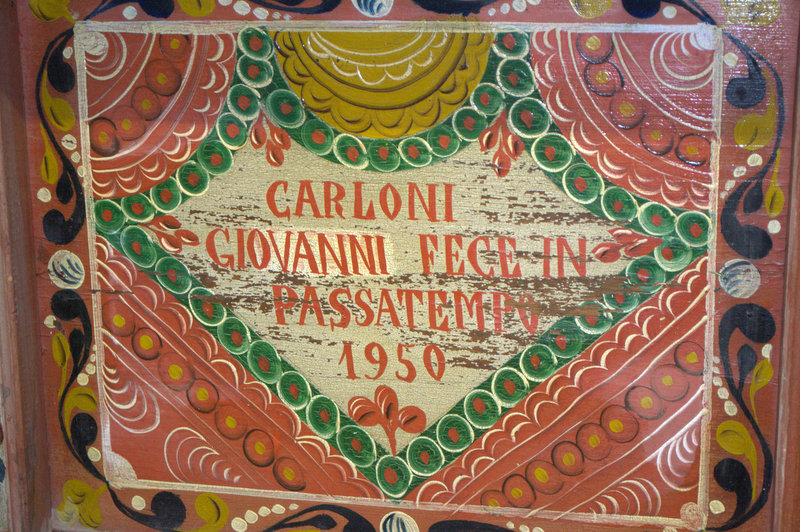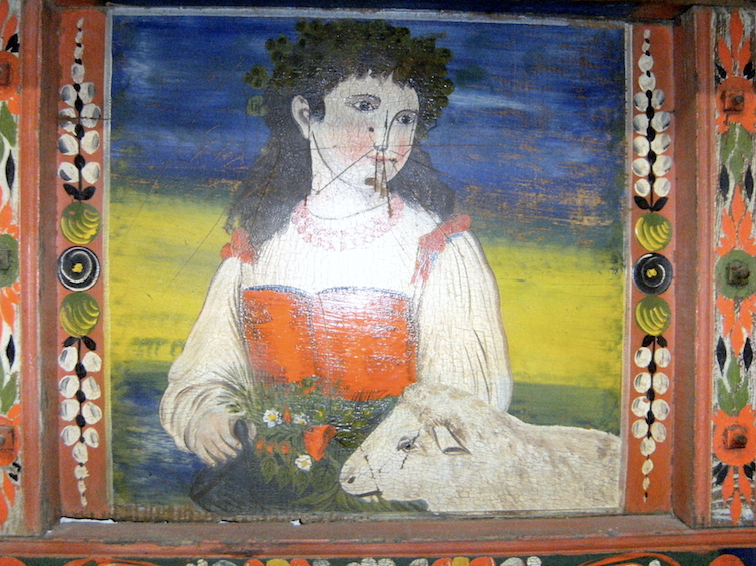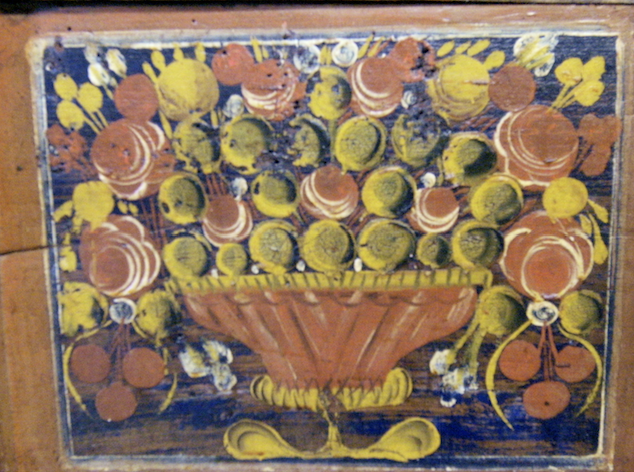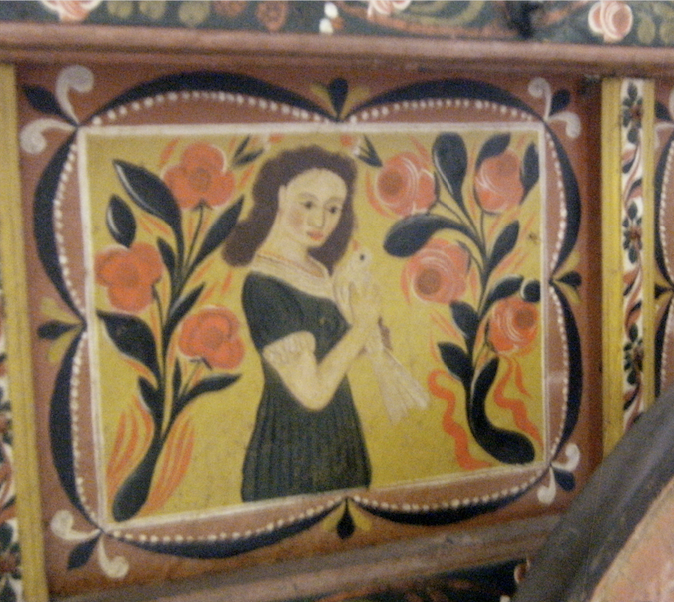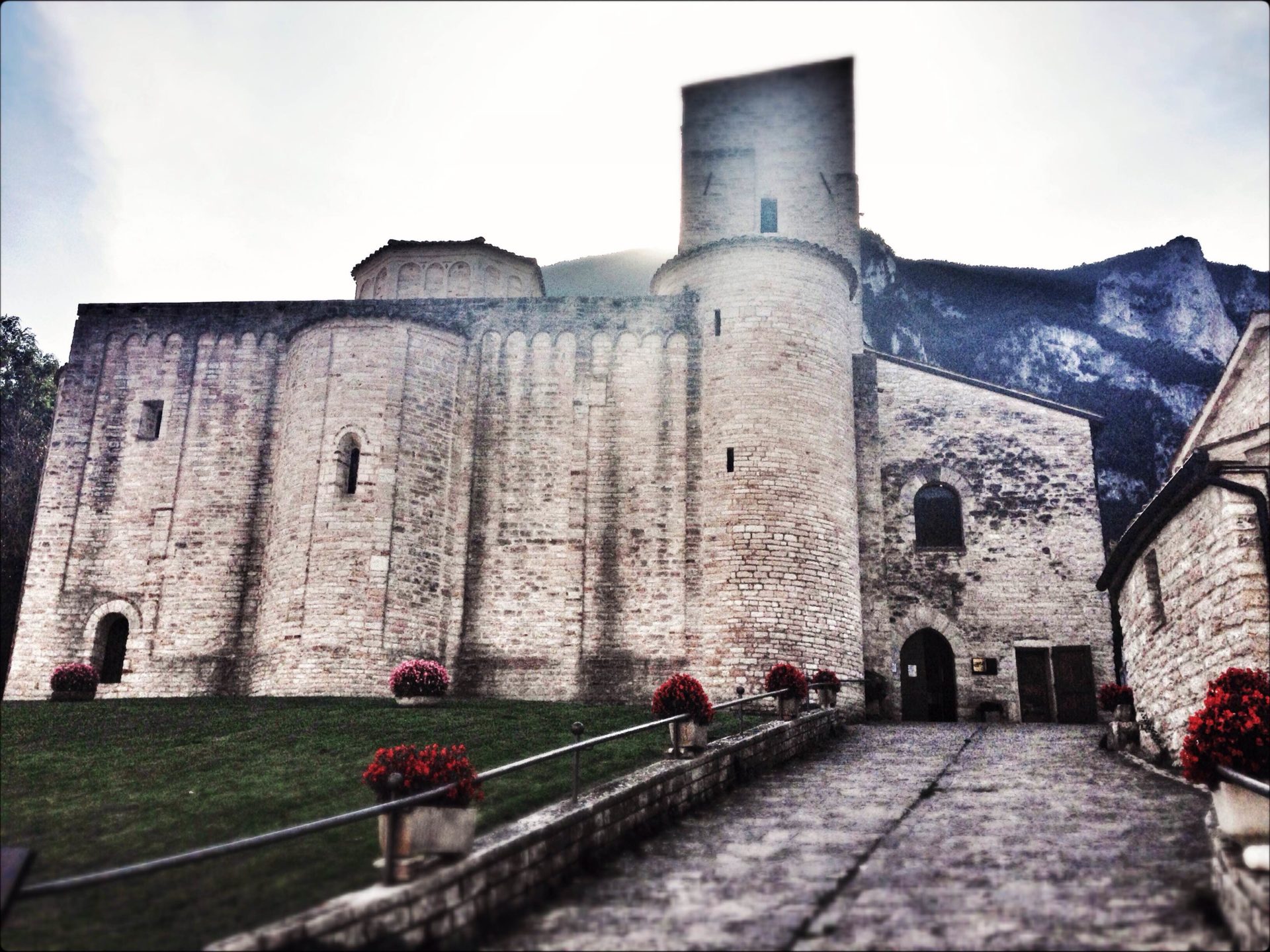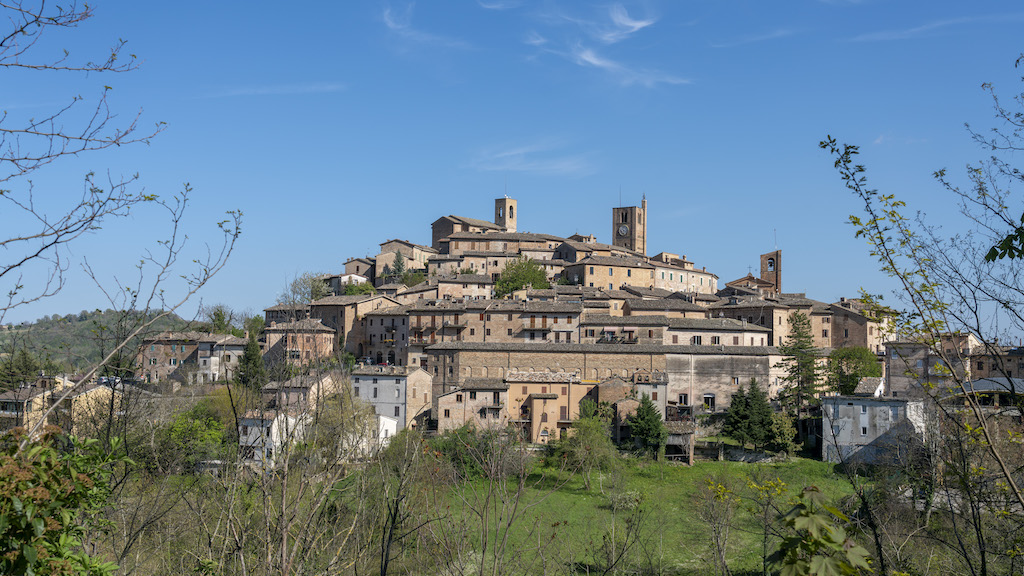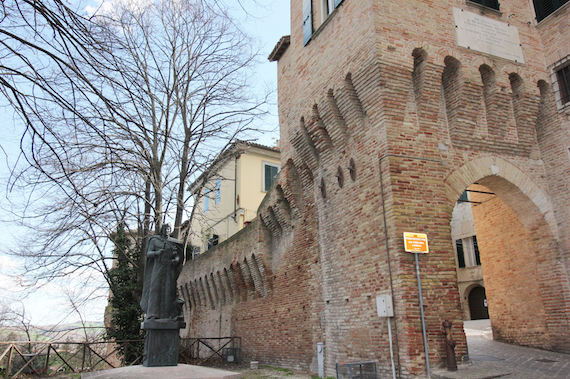The “Biroccio”: the cart of Marche
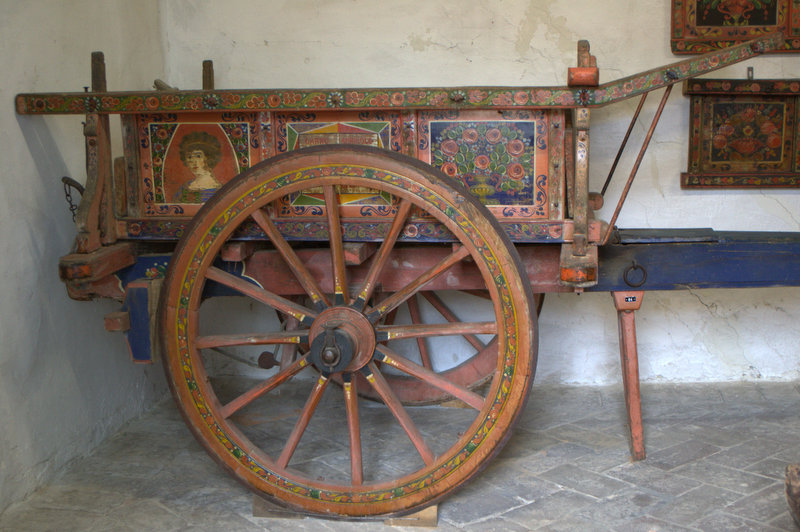
It was the trailer, the car and the limousine of our ancestors. Rediscovering it brings us back to the traditions and the lifestyle that animated our countryside until fifty years ago.
Why talk about the “biroccio”?
Since our region is still strongly tied to agriculture, everybody knows what a biroccio is: many people probably saw one of those carts decorating the gardens of holiday farms and cottages; some, maybe, still remember it at work. Still few, perhaps, remember how essential, in the past, it was to country families. It was a source of pride and the only means of transport available to farmers, who consequently used it all the time: to carry products and tools as well as in rustic celebrations; and also in such solemn occasions, affecting the whole family, as carrying the bride’s dowry from her father’s to the groom’s home, with the best pieces of the trousseau in show. And was used to transport the sick to the hospital or, on occasion, to carry ammunition and heavy war materials.
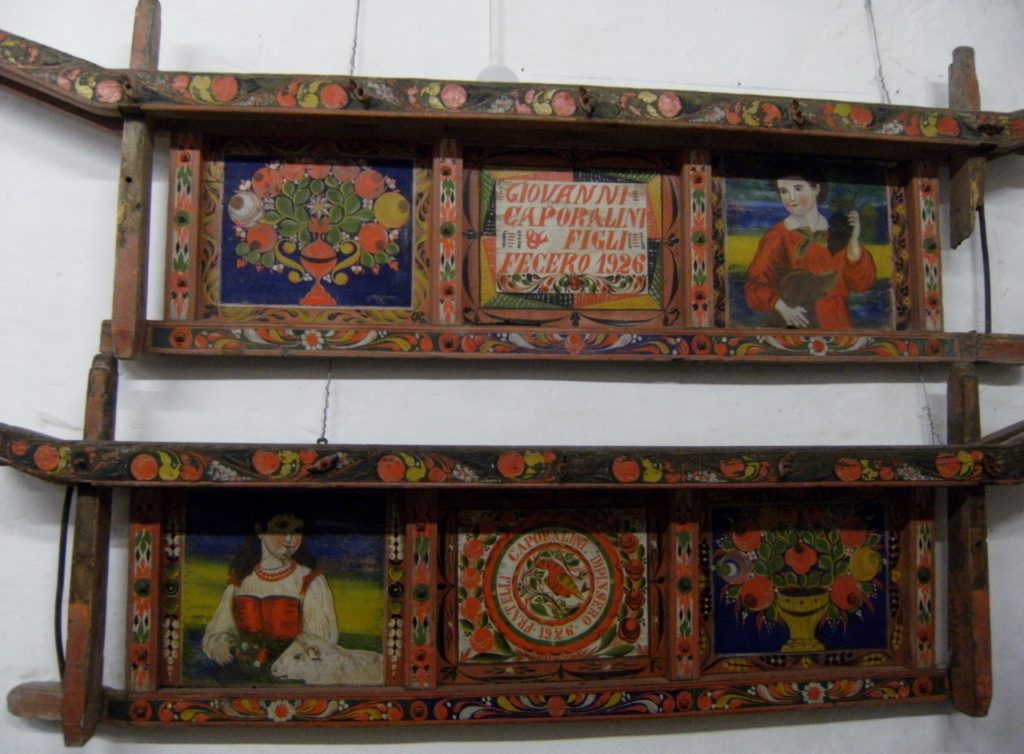
The cart was built using hard and strong wood (elm, oak, nut and acacia wood). Its loading area was delimited by two fixed sideboards and, on the front and on the rear, two movable planks to make loading easer; an iron axle supported the wheels. Brakes were hand operated through the martinicchia, a rope which by means of a lever blocked the wheels. Blacksmiths and farriers working in wheelwrights’ workshops put a special care in setting the cart and its wheels. Carts were always perfectly balanced according to the average slope of the area where they worked. A pair of trained oxen yoked by the sides of the shaft had to pull the 450 Kg heavy cart plus its load. The most characteristic element of a biroccio of Marche, which determined the farmer’s prestige, was the way the cartwright painted it.
As Glauco Luchetti correctly remarked in his book Il biroccio marchigiano (The cart of Marche, Giannini, Florence, 1967), there were precise style forms usually followed by the painters of birocci, at least by the ones in the central part of the region, the flat and hilly areas in the Ancona and Macerata provinces: chassis, wheels, front and back planks and sideboards were painted almost completely red, blue, white, yellow and green according to a standard model. On the front plank they usually painted an image of St. Antony Abbot, the patron of animals; on the back plank the emblem star of Italy or floral motifs. The more complex sideboards were divided into three panels. The central panel bore the “coat of arms” of the producing cartwright workshop, one of the sides the name of the builder, the place and the year of its creation and the other one the data concerning the painter.
The images on the side panels usually represented a girl holding either a dove or a bunch of flowers, called “la pupa del biroccio” (“the cart babe”: this definition is still used to mock women wearing a heavy make-up), goblets filled with fruits, flower pots or, more rarely, men at work in the fields and shepherds.
Decorations were a bit different in the Pesaro and Ascoli Piceno provinces: in the former, dominated cold colour shades and images were made with a care for details and for the backgrounds typical of painting more than of cart decoration; in the latter, instead, human images, even St. Anthony, were completely missing and everything was covered with floral or geometric motifs only.
Obviously, in our region, where memories of farming traditions are lovingly safeguarded, there is a museum completely dedicated to the biroccio. Should it raise your curiosity, you may visit it in Filottrano. (www.museodelbiroccio.it).
di S. Brunori
© Photograph: Museum of the biroccio of Marche in Filottrano
